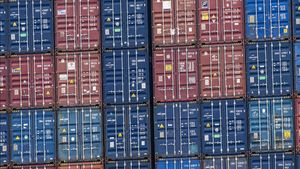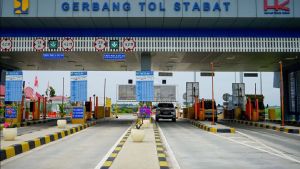JAKARTA - Danareka's research states that the role of women in the economy has continued to increase in the last three years in line with the increase in the level of labor force participation.
"The level of women's participation in the world of work is relatively low, but has increased in the last three years," said a statement from Danareksa quoted from Antara, Friday, April 16.
In August 2020 the female labor force participation rate reached 53.13 percent and the male labor force participation rate was 82.41 percent. This participation increased slightly compared to 2019 and 2018, which amounted to 51.89 percent (yoy) and 51.88 percent (yoy), respectively.
In addition, women also have a big role in Micro, Small and Medium Enterprises (UMKM), where 64.5 percent of MSMEs are managed by women. Danareksa revealed that the role of women in the economy is increasing as well as being supported by the decreasing gender inequality.
"Gender equality in Indonesia is increasing as shown by the increasing value of the Gender Development Index (IPG) and the Gender Empowerment Index (IDG)," he said.
The IPG value which is an indicator to describe the comparison of the quality of women and men with an index close to 100, the inequality is getting smaller, reaching 91.07 percent in 2019.
Meanwhile, the IPG value, which is an indicator to measure the active role in the economy and politics in 2019, reached 75.24 percent. Danareksa's research also found an increase in women's access to the financial services sector, including fintech.
The percentage of women who owned financial products in 2019 reached 75.19 percent, an increase from 8.99 percent from 2016 of 66.20 percent. Likewise, female investors in the ORI018 Retail State Bond Market amounted to 57.82 percent, an increase of 1.95 percent compared to ORI017 which amounted to 55.87 percent.
In addition, an increase in the percentage of women who conduct digital transactions. In 2017, it was recorded at 28.52 percent or an increase of 11.81 percent compared to 2014 which amounted to 16.71 percent.
Although the role of women in the economy continues to increase, there are still significant differences in wages for men and women, especially in the agriculture, other services, construction and transportation sectors.
Danareksa's research found an imbalance of 19.42 percent between the average wages of male and female workers or employees. Likewise with 2019 and 2018, respectively, where there was an inequality of 21.47 percent and 20.44 percent.
The English, Chinese, Japanese, Arabic, and French versions are automatically generated by the AI. So there may still be inaccuracies in translating, please always see Indonesian as our main language. (system supported by DigitalSiber.id)













